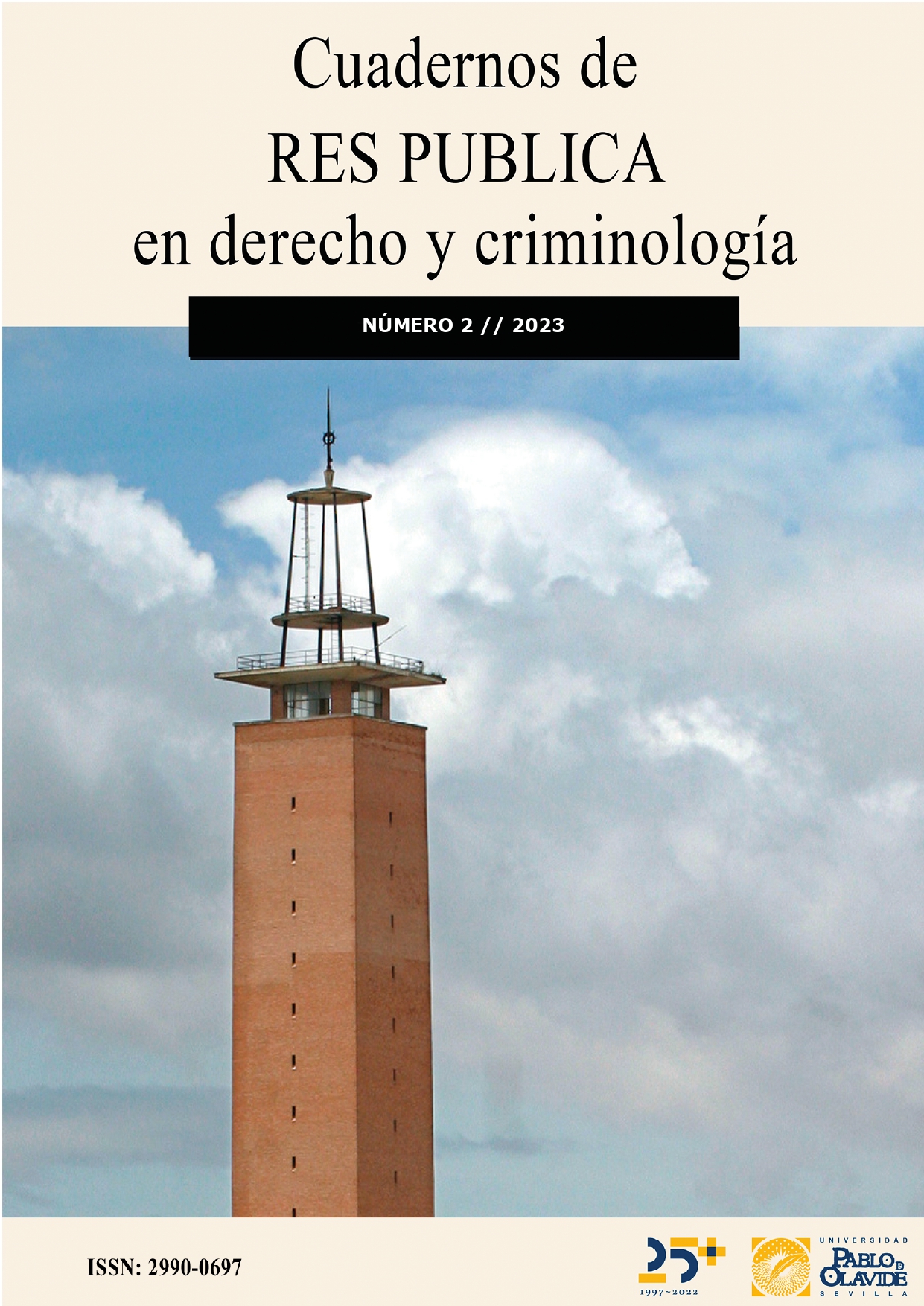Violence and sexuality
Approach to a historical phenomenon
DOI:
https://doi.org/10.46661/respublica.8049Keywords:
Sexuality, violence, authoritarianism, moralityAbstract
The present study aims to examine how different phenomena are interrelated: violence and sexuality. For its realization it is necessary to approach the concepts and their implications in the individual and social existence of humanity; To make the study viable, it focuses on the central period of the 20th Century; examining the idiosyncrasies in Spain and Brazil, because both countries had aspects that seem comparable to us, such as the fact of had living under authoritarian political regimes, with intense influence Christian morality. The tools used have been Discourse Analysis, in its french aspect, which considers language as an organic social construction and the deductive method, as it offers the possibility of appropriating broad and general data to approach specific cases and places. The hypothesis is a marked naturalization of sexual violence in the aforementioned space time, derived from political and cultural (religious) limitations.
Downloads
References
ARENDT, HANNAH. (2006). Sobre la violencia. Alianza editorial
ARENDT, HANNAH. (2013). Eichmann en Jerusalén. Lumen.
BERGER, PETER. (1971). El dosel sagrado. Amorrortu.
BERNAL CRESPO, JULIA SANDRA, OROZCO ARCIERI, CARLOS ANDRÉS, & MOLINARES HASSAN, VIRIDIANA. (2016). Foucault and Homosexuality: From Power Relation to Practice of Freedom. Revista de Derecho, (46), 111-130. https://doi.org/10.14482/dere.46.8813
BOURDIEU, PIER. (1996) Razões práticas: sobre a teoria da ação. Campinas: Papirus Editora.
BUTLER, JUDITH. (2007). El género en disputa: el feminismo y la subversión de la identidad. Paidós.
CONTRERAS, FRANCISCO JOSÉ. (2021). Biden y la diversocracia. Razón española, ISSN 0212-5978, Nº. 224, págs. 81-85
EGIDO LEÓN, ÁNGELES. (2011). Mujeres y rojas: la condición femenina como fundamento del sistema represor. Studia Histórica. Historia Contemporánea, 29, 19-34.
FOUCAULT, MICHEL. (2006). Seguridad, territorio, población. Fondo de cultura económica.
FOUCAULT, MICHEL. (1982). The subject and power. Critical inquiry, 8(4), 777-795. https://doi.org/10.1086/448181
FREEDMAN,LAWRENCE.(2016). Estrategia: una historia. La esfera de los libros.
GEBARA, IVONE. (2005). As aguas de meu poço. São Paulo: Brasiliense.
GIRARD, RENÉ (1995). La violencia y lo sagrado. Barcelona: Anagrama.
GROSSI, MIRIAM PILLAR. (1993). De Angela Diniz a Daniela Perez: a trajetória da impunidade. Revista Estudos Feministas, 1(1), 166.
KUBY, GABRIELE (2015). The global sexual revolution : destruction of freedom in the name of freedom. Angelico press.
MESQUITA SAMARRA, ENI DE. (1993). A mulher e a família na historiografia latino-americana recente. Anos 90, 1(1), 23-47. https://doi.org/10.22456/1983-201X.6116
MORAGA GARCÍA, MARÍA ÁNGELES (2008). Notas sobre la situación jurídica de la mujer en el franquismo. https://doi.org/10.14198/fem.2008.12.09
MOSCOVICI, SERGE. (1985) Psicología social, I: influencia y cambio de actitudes, individuos y grupos. Barcelona: Paidós Ibérica, .
OLIVEIRA, PLINIO. CORREA. (1969). Família. Folha de São Paulo. São Paulo. 24 de abril de 1969 [En linea]. Disponible en: < https://www.pliniocorreadeoliveira.info/FSP%2069-04-24%20Familia.htm> . Consulta en: 14 feb. 2023.
PINSKY, CARLA BASSANEZI. (2014). Mulheres dos anos dourados. Editora Contexto.
RAGO, MARGARETH. (2000).Trabalho femenino e sexualidade. En: PRIORE Mary del (Org). História das mulheres no Brasil. São Paulo: Contexto.
Downloads
Published
How to Cite
Issue
Section
License

This work is licensed under a Creative Commons Attribution-NonCommercial-ShareAlike 4.0 International License.








